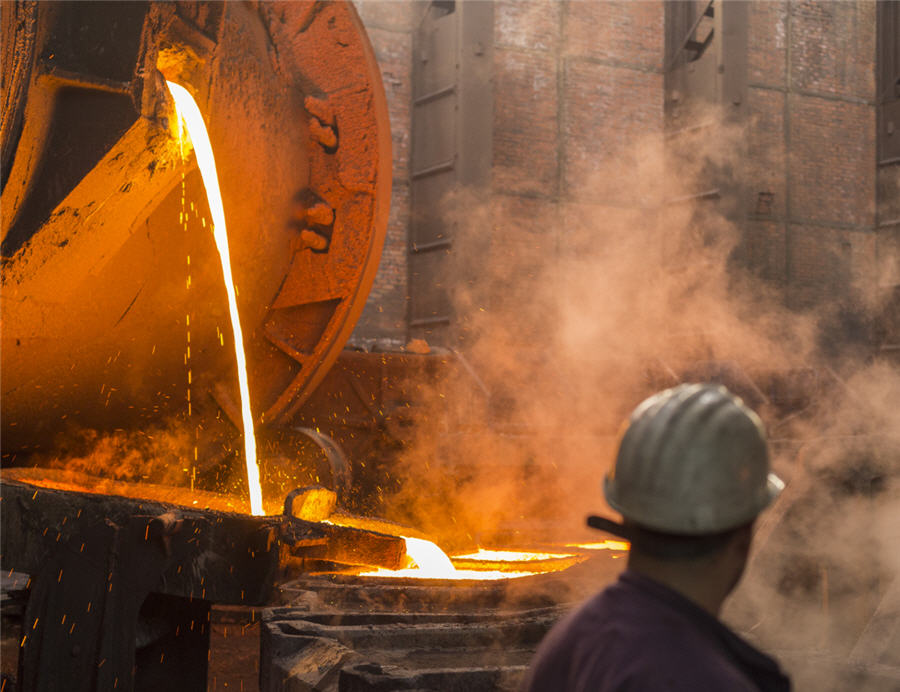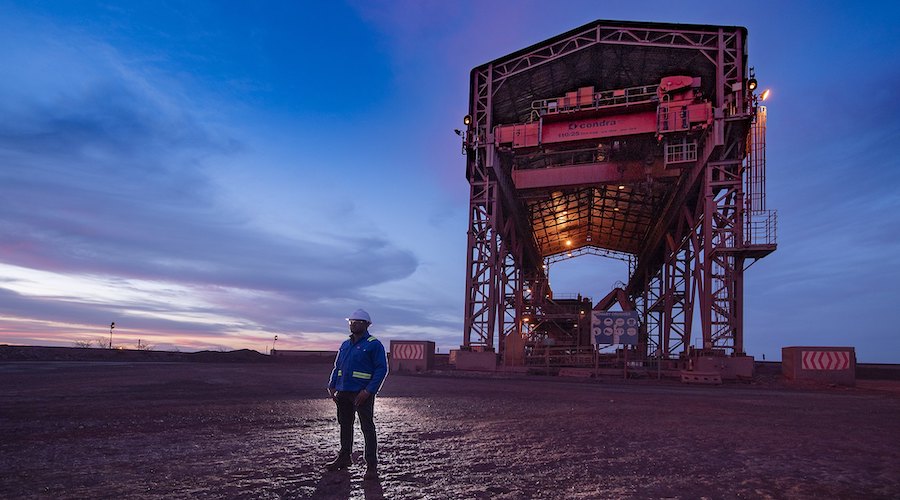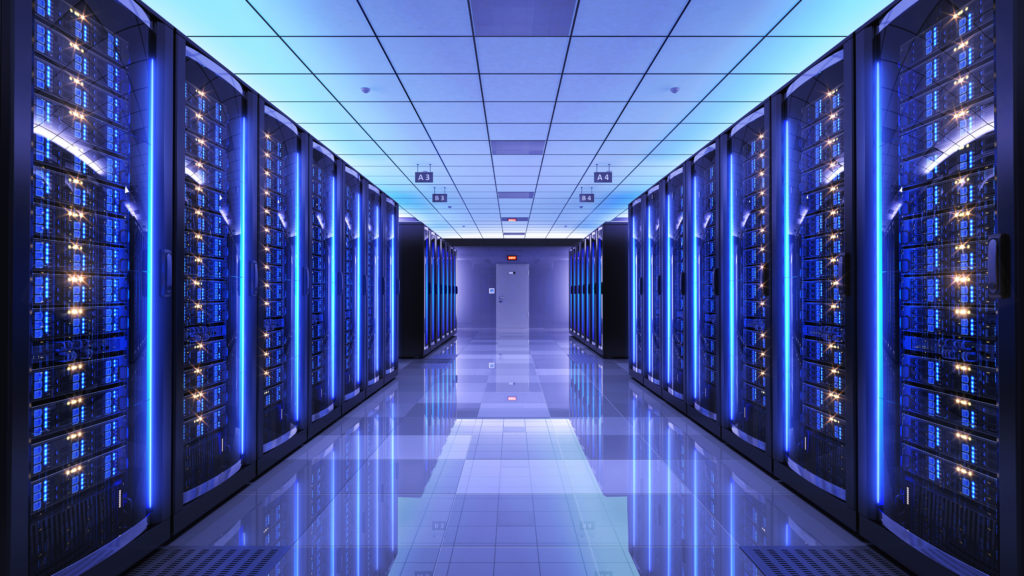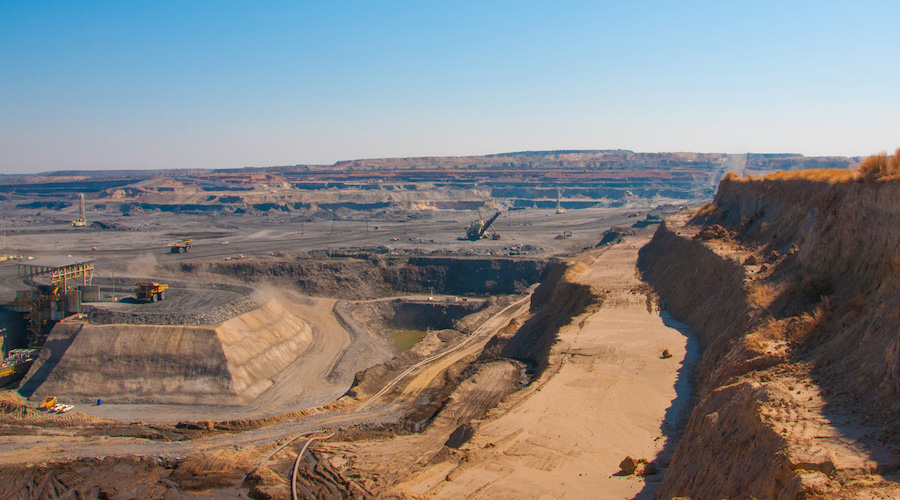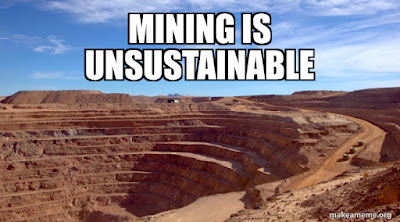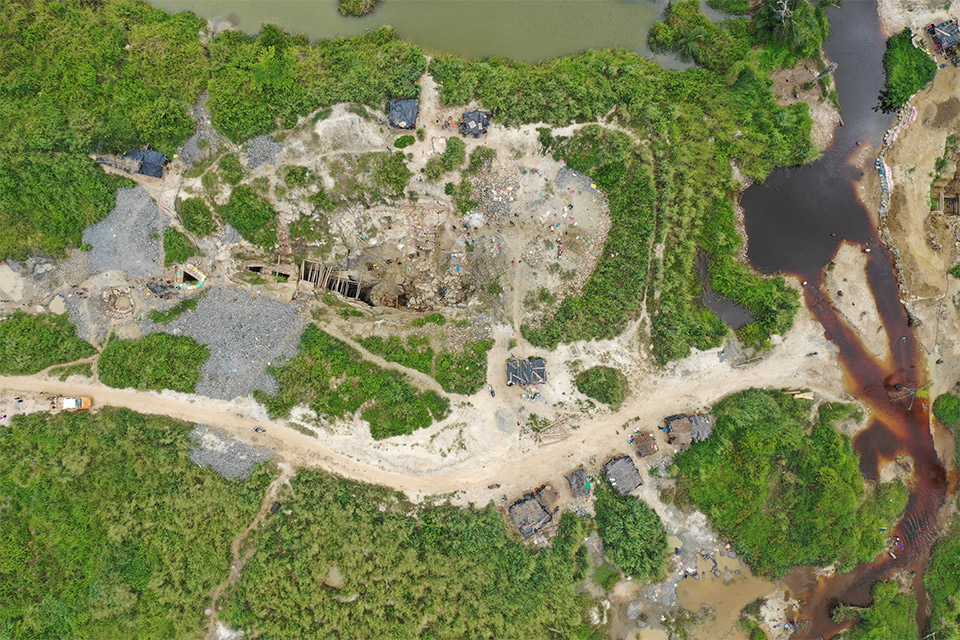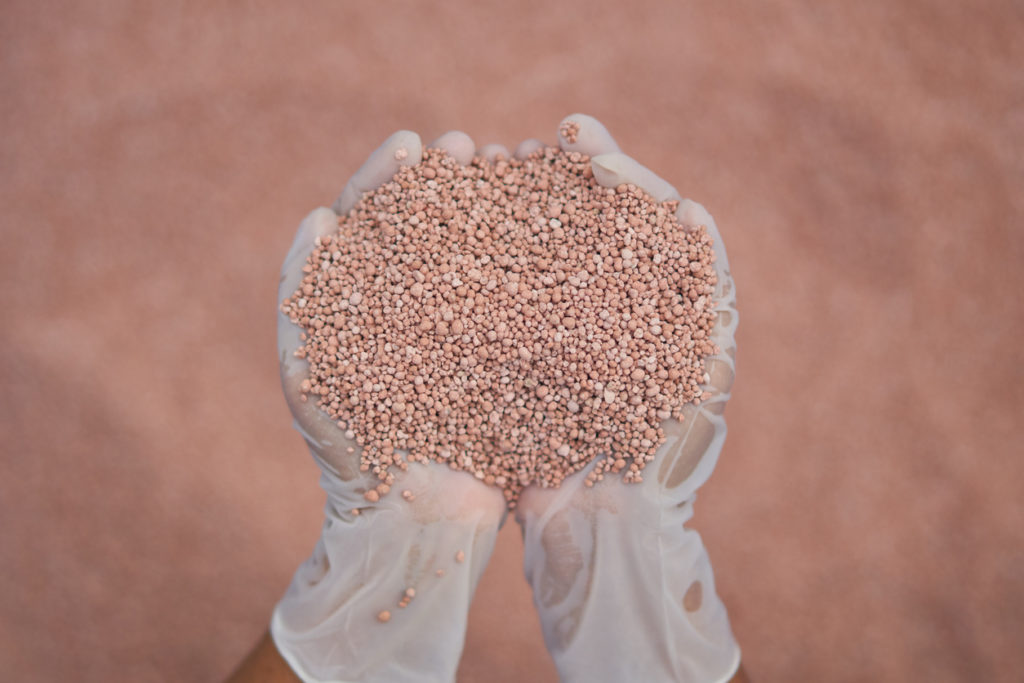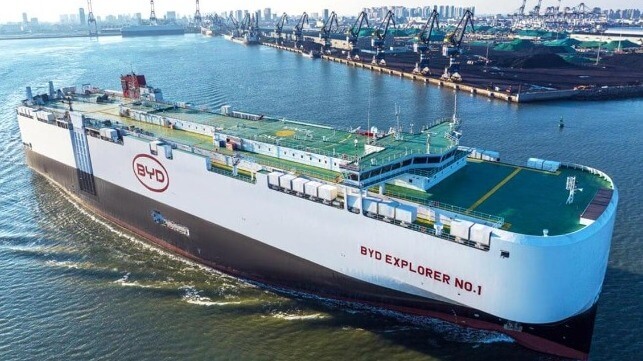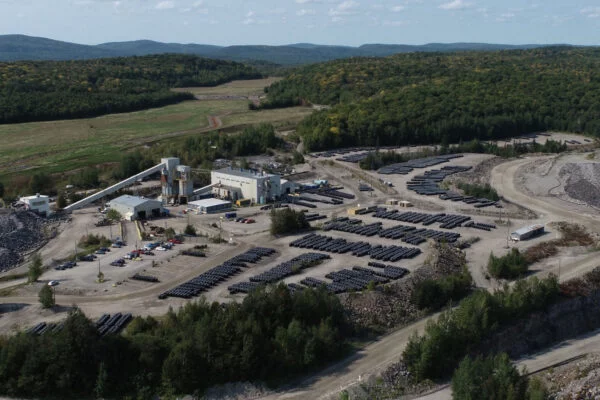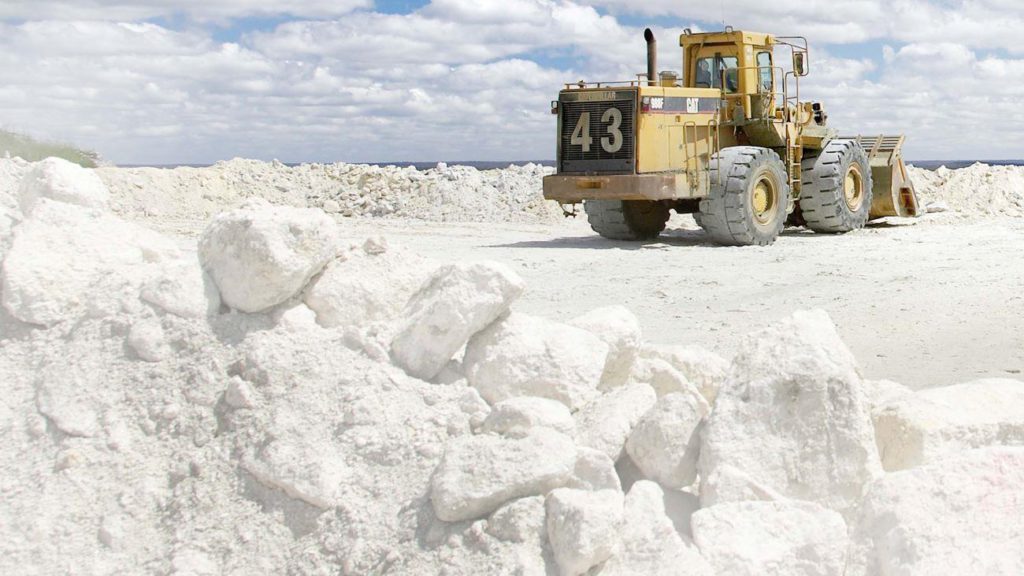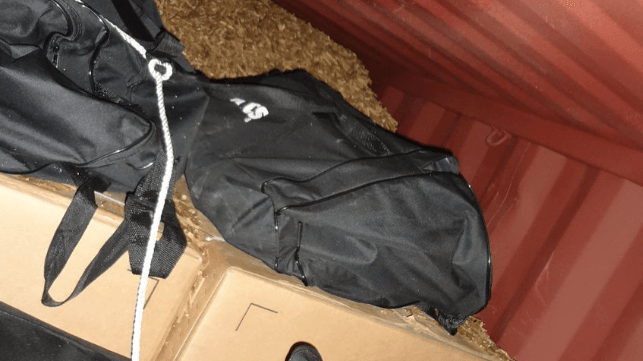India's Steel Industry Faces Challenges Despite Growing Demand
- By Metal Miner - Apr 29, 2024
- India's finished steel imports increased by 38.1% in the last fiscal year, making it a net importer.
- The Indian steel industry has called on the government to intervene and initiate safeguard measures to protect domestic producers.
- India has announced ambitious targets to ramp up steel production capacity and reduce its environmental footprint.
India has ended the financial year 2023-2024 as a net importer of finished steel, which has sent the alarm bells ringing in industry circles throughout India. Mainly, insiders want to know how the changing import status might affect steel costs and India’s push for self reliance.
According to news agency Reuters, as per initial government data, India imported 8.3 million metric tons of finished steel in the last fiscal year. This represents an increase of 38.1% from a year earlier. Such high imports fly in the face of targets set by the Indian Government regarding self-reliance in steel manufacturing.
Alarmed by the rising imports to feed the increasing consumption of steel in India, steel mills have now asked the Indian Government to intervene and initiate safeguard measures. The association representing the steel companies has also asked for similar interventions in the past. However, the Ministry of Steel has yet to act upon these demands.
Indian Steel Industry Sounds the Alarm
A report in thehindu.com quoted the Secretary-General of the Indian Steel Association (ISA), Alok Sahay, as saying that the notable surge in predatory imports from China posed a substantial threat to India’s pursuit of self-reliance in the steel sector. Sahay claimed the country’s transition to a net importer serves as a clear warning sign in this regard. It also has the potential to affect steel costs.
Meanwhile, experts feel that having a lower or no import duty tax encourages importers to dump their steel into the Indian market. India’s steel companies now want this situation to change so that steel-surplus countries do not take advantage and use India’s growth momentum to aid their own steel mills.
The Hindu report also quoted Ranjan Dhar, the Chief Marketing Officer of ArcelorMittal Nippon Steel, as saying that “predatory imports” are a clear threat to India’s steel companies, and that it would serve the government well to confine steel imports for a robust GDP growth.
India’s Announces Fresh Steel Target
As if on cue, India recently announced ambitious targets for its steel industry, aiming to ramp up steel production capacity to an impressive 500 MTPA by 2047. According to this report in the Economic Times, this marks a significant leap from the targets outlined in the New Steel Policy (NSP) of 2017, which aimed for just 300 MT by 2030.
However, the focus isn’t solely on increasing production. India also renewed its dedication to reducing its environmental footprint. The country aims to lower its emission intensity to 2.25 tonnes of CO2 per tonne of crude steel produced by 2029, with further reductions anticipated by 2047. This goes to show that steel costs and industry independence are not on the only thing on India’s leaders’ minds.
According to the ET report, India is currently concentrating on reforming its mining sector to meet these environmental objectives. The government also plans to implement key reforms to enhance mineral availability, including innovative measures like hackathons to analyze geological data. These initiatives further underscore India’s commitment to both industrial expansion and environmental sustainability.
Consumption Keeps Growing, But What About Steel Costs?
India recently witnessed a significant surge in steel demand, increasing by approximately 15% year-on-year. This growth primarily stems from extensive government investments in infrastructure projects and accelerated construction activities in anticipation of the upcoming general elections.
However, despite the robust growth in steel demand, there are concerns that the approaching general elections may slow government spending. Consequently, analysts expect the projected demand growth rate to decrease from 15% to around 10% by the conclusion of FY24.
Furthermore, India’s transition into a net importer of steel continues to raise concerns among among industry insiders regarding the influx of substandard imports. In response, they continue to urge the government to take measures to address this issue and ensure fair competition for domestic steel producers.
By Sohrab Darabshaw
